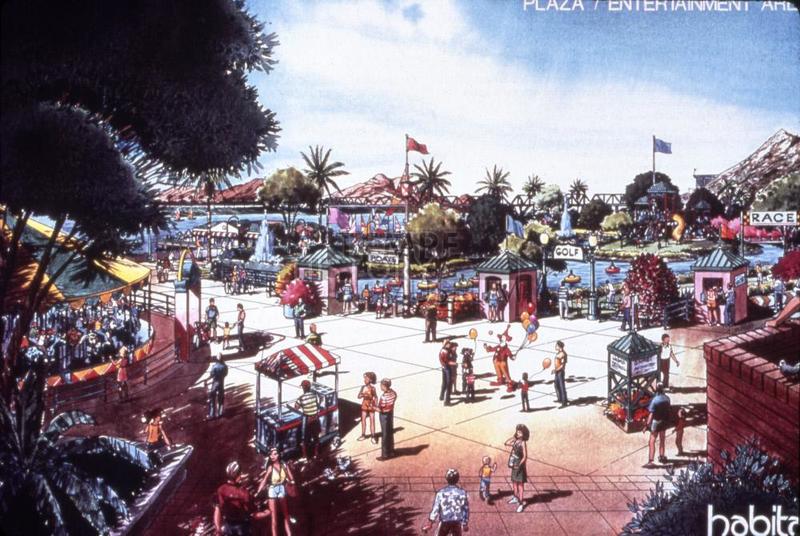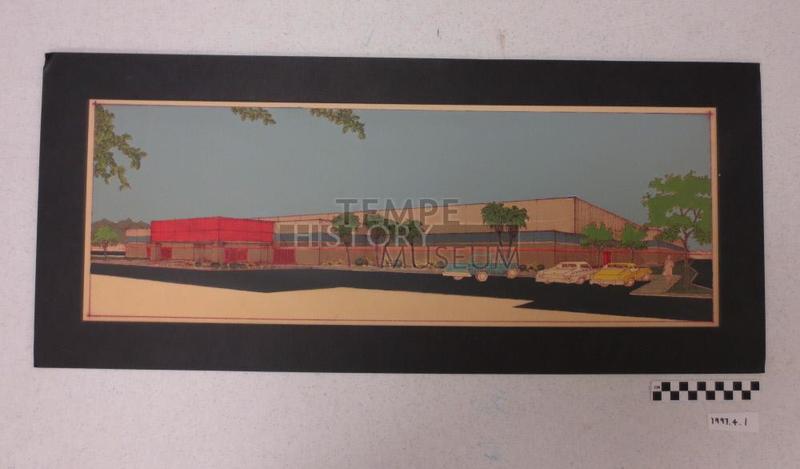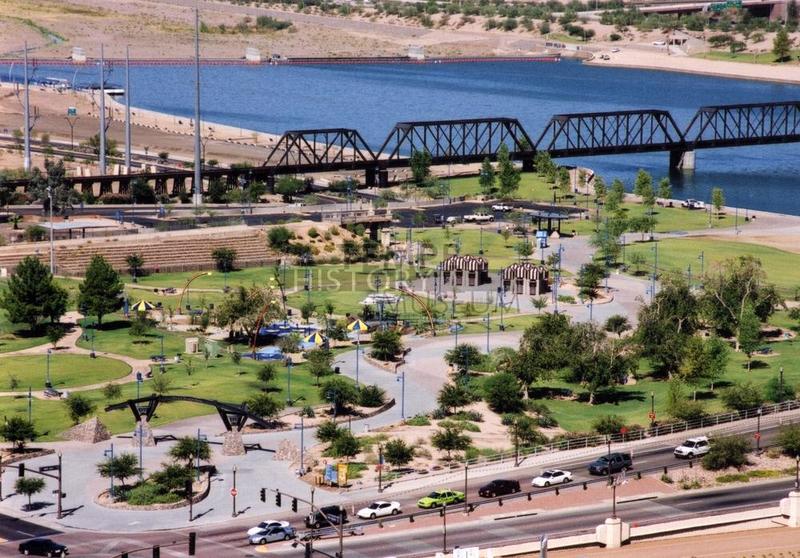
How one Graduate course transformed the Salt River bed.
In the fall of 1966 Professor Bob McConnell at Arizona State University (ASU) taught an eight-week class that would alter the Salt River bed forever. Class AC 429 tasked its students with one monumental chore: turn the then dry and troublesome salt river bed into something useful. From, “the Granite Reef Dam to the Gila River junction,” this channel of the salt river no longer flowed life into the surrounding agricultural areas, as the nearby areas had become massively urbanized, the need for the river lessened. Dams were put in place from 1911 through the 1940s in order to harness the power of the river into energy for the growing community along it.
James Elmore is commonly known as the original father of the Rio Salado project, which was the idea behind the class AC 429. When Elmore came to Arizona in the late 1940s all that was left of the salt river just north of ASU’s campus was a dry riverbed that was a dumping ground and an eyesore for the rest of the community. The dry river bed was also prone to flooding during Arizona’s finicky monsoon season, which was extremely problematic for the surrounding homes and businesses which were being built along the dry river bank. After a massive flood, just months before 1966, it was Elmore who raised the gauntlet in a challenge to the students of class AC 429, “Let’s do something with the river.” Elmore and the class proposed an oasis of sorts that would span for nearly forty miles across Arizona, it would offer the community a scenic drive, a resort-like park, hiking trails and various other amenities for which the area was lacking.
This plan was set in motion in 1966 but had to undergo various stages of approval before finally making it onto a ballot for all major municipalities involved. Throughout this process the idea for the area changed many times. Some options involved amusement parks, golf courses, marinas, stables, and other fun ideas for the area. But it wasn’t until 1979 that legislation started to be compiled to get this plan approved. But alas, in 1981 and again in 1987 the Rio Salado project was not approved throughout the region. Almost all of the municipalities voted no due to the rise in taxes it would cause.
The project and construction were put on hold until funding could be found to make it happen. In July of 1997 Tempe’s Mayor Giuliano officially signed the contract to commission Tempe Town Lake, a portion of the Rio Salado project but not the whole. The thought was that if Tempe began the project and showed that it could be done then other cities would follow suit. In August they broke ground on the project and it was completed in 1999 when water from the SRP canals flowed into the man-made lake.
Since Tempe Town Lake was constructed and filled, the banks surrounding it have been developed and given life to the surrounding town. The area has a thriving college life that actively uses the lake and various paths and trails on a daily basis. The lake was designed in a way that allowed for ASU to have a rowing team with a viable practice location. The business district is home to many companies that welcome and encourage ASU students in their quest for higher knowledge. Just like the dry river bed did for the AC 429 class in 1966.
Video
Images




